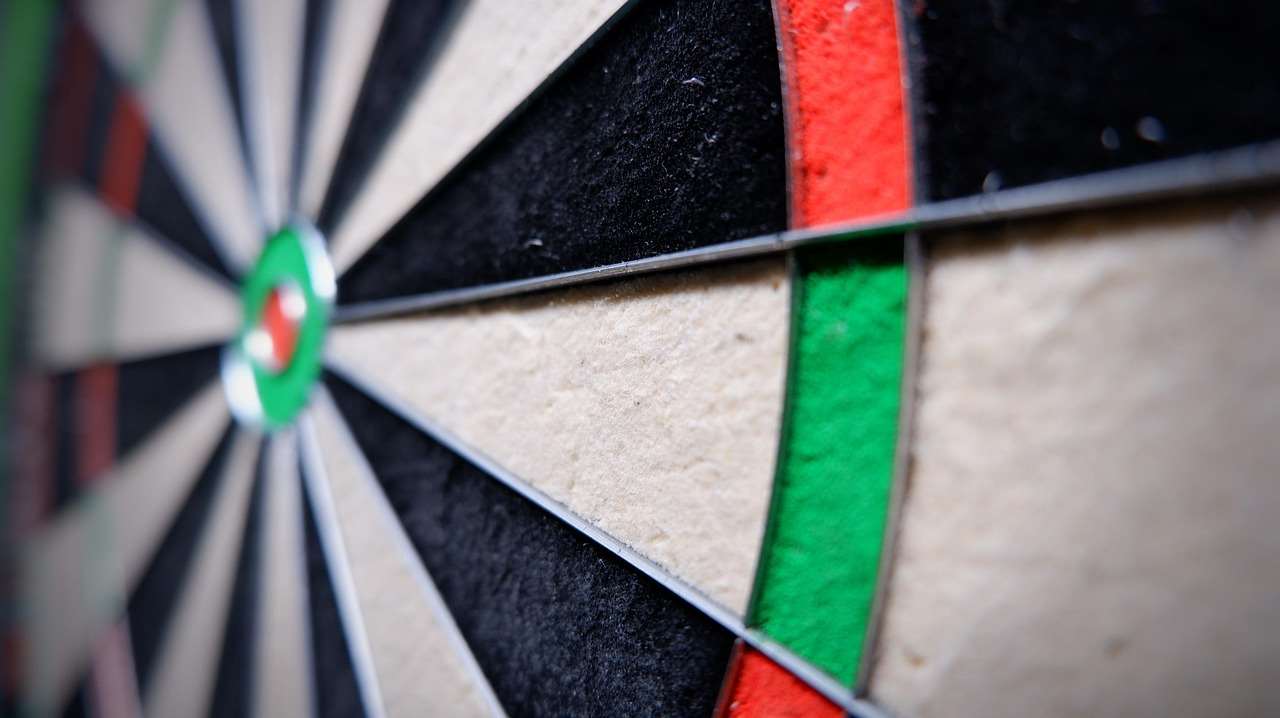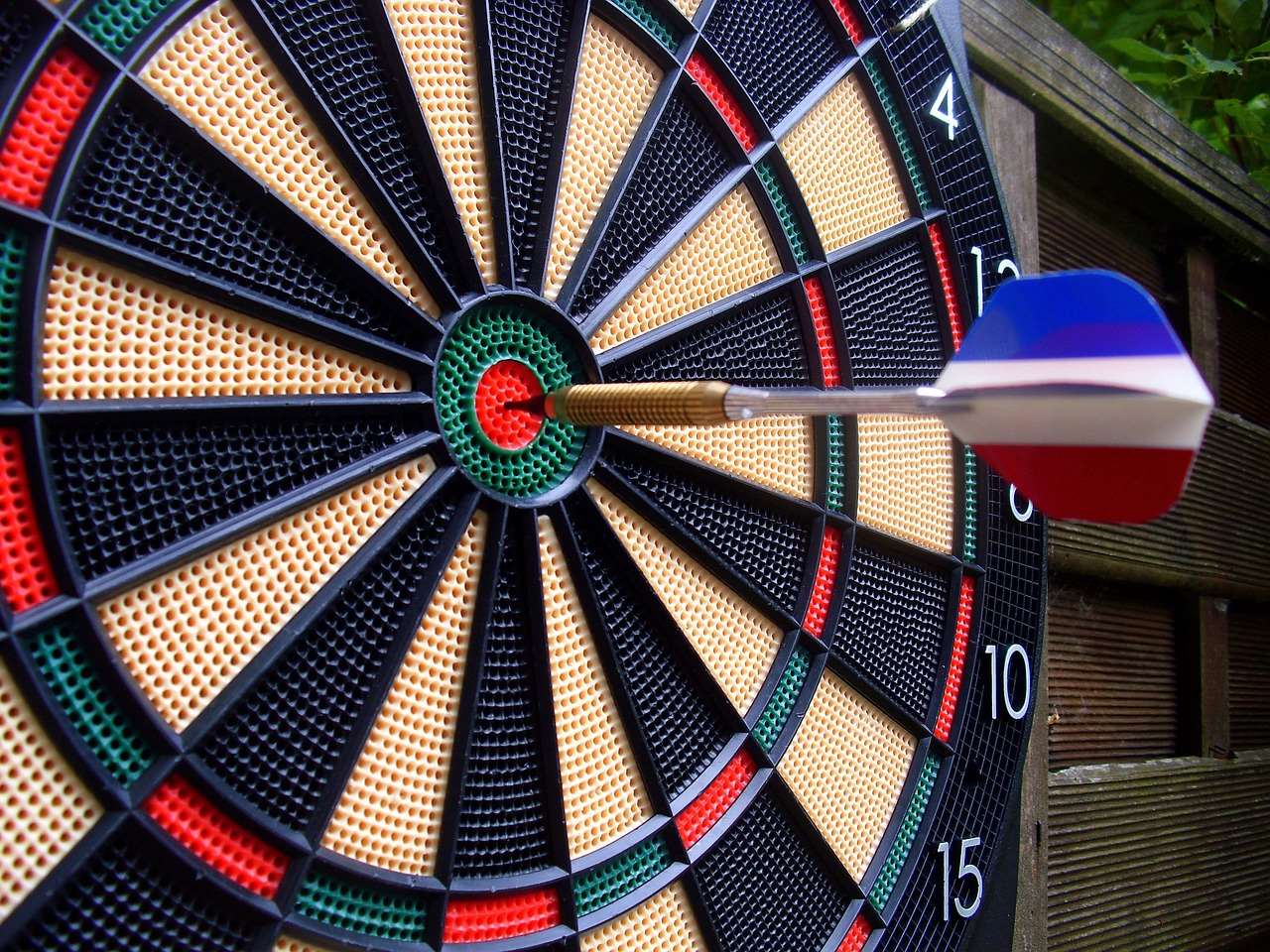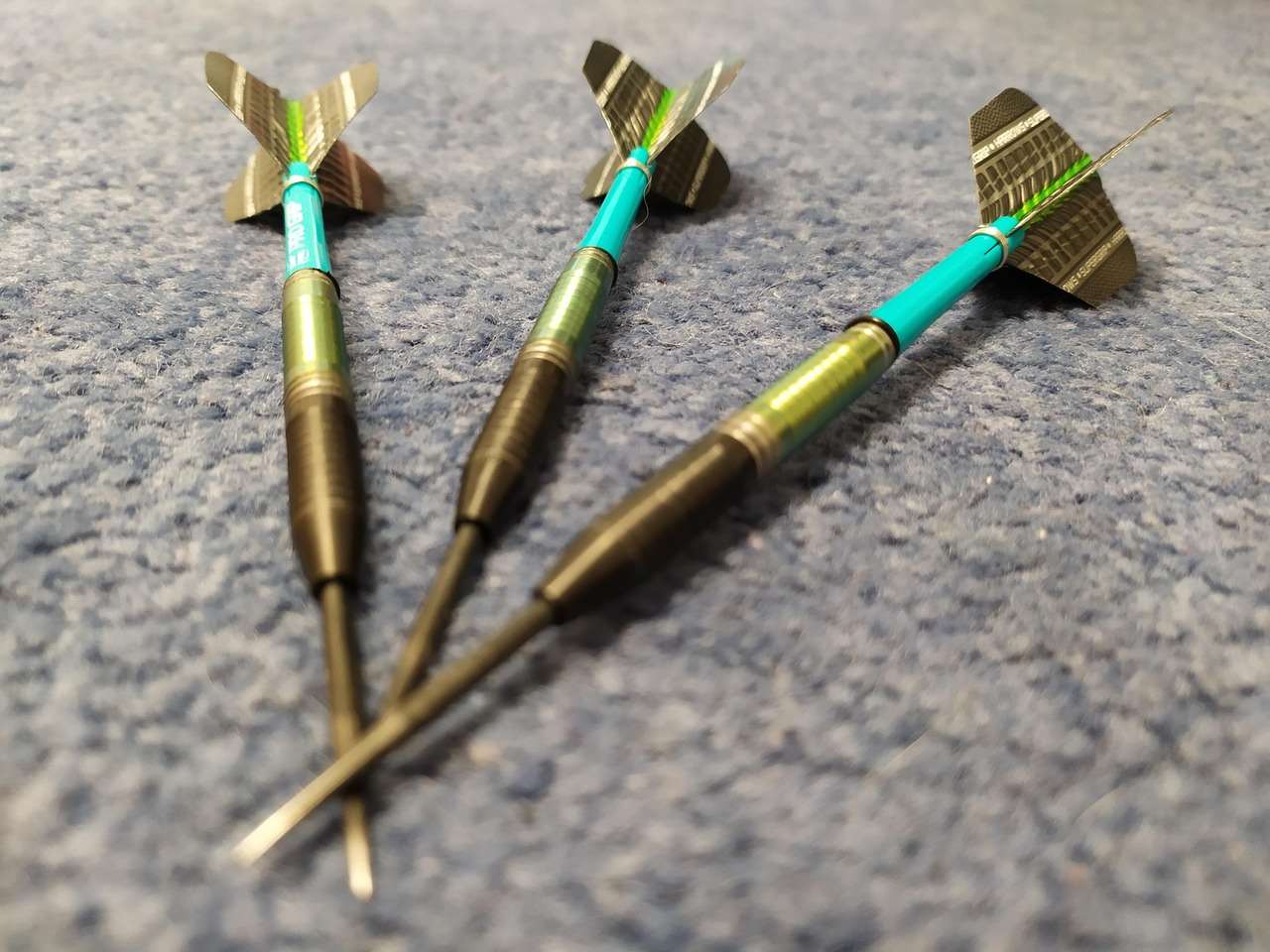Mastering Cricket darts alone boils down to targeted practice; this article provides effective drills and routines designed to hone your skills and boost your consistency. We’ll explore specific drills to improve your accuracy, scoring, and overall game strategy, equipping you to dominate the board even when practicing solo.
⚠️ Still Using Pen & Paper (or a Chalkboard)?! ⚠️
Step into the future! The Dart Counter App handles all the scoring, suggests checkouts, and tracks your stats automatically. It's easier than you think!
Try the Smart Dart Counter App FREE!Ready for an upgrade? Click above!
Practicing Cricket Darts Solo: Drills and Routines for Success
Practicing Cricket darts solo: drills and routines can be a game-changer for your performance. Many players underestimate the power of solo practice, but it’s the perfect opportunity to work on your weaknesses, refine your technique, and develop a solid game plan. This guide will walk you through various drills and routines you can incorporate into your solo practice sessions to improve your Cricket game.

Understanding the Cricket Darts Game
Before diving into specific drills, let’s briefly review the fundamentals of Cricket darts. In Cricket, players aim to close out specific numbers on the dartboard – typically 20, 19, 18, 17, 16, 15, and the bullseye. A number is closed when a player hits it three times (or a combination of single, double, and triple hits). The goal is to close all the numbers and have a lower score than your opponent.
Essential Cricket Darts Terminology
- Closing: Hitting a number three times to make it unavailable for scoring by your opponent.
- Marking: Each hit on a target number counts as a mark. Three marks close the number.
- Scoring: After closing a number, you can score points by hitting that number while your opponent has not closed it.
- Cut-throat: A variation where your goal is to give your opponent the highest score possible.
Warm-up Drills for Enhanced Accuracy
A proper warm-up is crucial before any practice session. It prepares your muscles and mental focus for the task ahead. Here are some effective warm-up drills:
- Around the Board (Clockwise/Counter-Clockwise): Start at the 20 and throw one dart at each number sequentially around the board. Repeat this a few times in both clockwise and counter-clockwise directions. This helps improve your overall accuracy and consistency.
- Double Practice: Focus solely on hitting doubles. Start with the double 20 and move your way around the board. This is great for improving your doubles accuracy, which is vital for finishing games.
- Triple Practice: Similar to double practice, but focus on hitting triples. This drill helps enhance your precision and is especially useful for scoring in Cricket.
Targeted Number Drills for Closing Out
These drills focus on improving your ability to close out specific numbers efficiently. They are designed to help you consistently hit your targets under pressure.
- The 20’s Game: Throw three darts at the 20. Record your score and try to improve it each round. Focus on grouping your darts tightly in the triple 20.
- The 19’s Game: Repeat the same drill as the 20’s game, but focus on the 19. Pay attention to your stance and release point to ensure accuracy.
- The 18’s Game: This time, focus on the 18. Visualize the dart hitting the target before each throw.
- The 17’s, 16’s, and 15’s Games: Continue practicing with the remaining numbers, focusing on consistency and grouping your darts.
Variation: The “Three-and-Out” Drill
This drill simulates game pressure. Pick a number (e.g., 20). You must hit it three times within nine darts. If you fail, you “start over”. This encourages efficient scoring and improves your mental toughness.
Scoring Drills to Maximize Your Points
Once you’ve closed a number, it’s time to rack up the points. These drills will help you maximize your scoring potential.
- Score as Much as Possible: Choose a closed number (e.g., 20) and throw nine darts, aiming for maximum score. Calculate your total score and try to beat it in the next round.
- Alternating Numbers: Throw three darts at the 20, then three at the 19, then three at the 18. Focus on transitioning smoothly between different targets.
- The “Around the Clock Scoring” Drill: Close the 20. Then, throw at the 19 until you reach a set score (e.g., 60). Then, switch to the 18 and so on. This helps improve accuracy while adapting to different targets.

Bullseye Training for Game Domination
The bullseye is a crucial target in Cricket. Mastering it can give you a significant advantage. Here are some effective bullseye drills:
- Straight Bullseye: Throw all three darts at the bullseye. Record your results and try to improve your accuracy with each round.
- Alternating Bullseye: Throw one dart at the bullseye, then one dart at the 20, then one at the 19. Repeat this pattern. This helps improve your focus and adaptability.
- The “Countdown” Drill: Start with a set score (e.g., 101). Each time you hit the bullseye, deduct 50 points. The goal is to reach zero as quickly as possible.
Developing a Solid Game Strategy Through Solo Practice
Practicing Cricket darts solo: drills and routines is not just about hitting specific numbers; it’s also about developing a strategic mindset. Use your solo practice sessions to experiment with different strategies and identify what works best for you.
Experimenting with Opening Strategies
Try different opening shots. Do you prefer to go for the triple 20, the single 20, or a combination of numbers? Analyze the pros and cons of each approach. The strategy you employ could even be modified further with Modifying rules for mixed-level dart players.
Defensive Strategies
Practice blocking your opponent. If they’re close to closing a number, focus on hitting that number to prevent them from scoring. Think several turns ahead, like in chess, anticipating your opponent’s moves.
Scoring Management
Learn to manage your score effectively. Know when to score points and when to play defensively. Sometimes, it’s better to prevent your opponent from scoring than to rack up points yourself.
Tracking Progress and Analyzing Performance
To make the most of your solo practice, it’s essential to track your progress and analyze your performance. This will help you identify areas where you need to improve and measure your overall progress.
- Keep a Dart Scorecard: Record your scores for each drill. This will allow you to track your progress over time and identify any patterns.
- Analyze Your Throws: Pay attention to your stance, grip, and release point. Are you consistent with your technique? Are there any areas where you can improve? Referencing Basic Darts Fundamentals for Beginners can be very helpful.
- Identify Your Weaknesses: Focus on the areas where you struggle the most. Spend extra time practicing these areas to improve your overall game.
Mental Toughness Training
Cricket darts is not just a physical game; it’s also a mental one. Developing mental toughness is essential for performing under pressure. Here are some tips for improving your mental game:
- Visualization: Before each throw, visualize the dart hitting the target. This can help improve your focus and confidence.
- Positive Self-Talk: Encourage yourself with positive affirmations. Believe in your ability to hit the target.
- Stay Calm Under Pressure: Learn to stay calm and focused, even when you’re under pressure. Take deep breaths and focus on the task at hand.

Advanced Drills for Experienced Players
Once you’ve mastered the basics, you can move on to more advanced drills to further refine your skills.
- Combination Shots: Practice hitting specific combinations of numbers (e.g., triple 20, single 20, double 20) in a single turn.
- The “Killer” Game (Solo Version): Assign yourself a number. You must hit that number to “become the killer.” Once you’re the killer, you must hit other numbers to eliminate them. If you fail to hit your assigned number, you lose a life.
- Handicap Practice: Simulate playing against a stronger opponent by giving yourself a handicap (e.g., starting with a lower score). This forces you to play strategically and make every dart count. Or, if you are playing socially with others, explore How to make darts fairer with handicap rules.
Creating a Consistent Practice Routine
Consistency is key to improvement. Create a practice routine that you can stick to on a regular basis. This could involve setting aside a specific amount of time each day or week for solo practice.
Sample Practice Routine
- Warm-up (15 minutes): Around the board, double practice, triple practice.
- Targeted Number Drills (30 minutes): 20’s game, 19’s game, 18’s game, 17’s game, 16’s game, 15’s game.
- Scoring Drills (20 minutes): Score as much as possible, alternating numbers, around the clock scoring.
- Bullseye Training (15 minutes): Straight bullseye, alternating bullseye, countdown drill.
- Game Strategy Practice (30 minutes): Experiment with opening strategies, defensive strategies, scoring management.

Essential Equipment for Effective Solo Practice
Having the right equipment is crucial for effective solo practice. Invest in a high-quality dartboard and a set of darts that suits your throwing style.
- Dartboard: Choose a sisal fiber dartboard that is regulation size and well-maintained.
- Darts: Experiment with different weights and shapes to find the darts that feel most comfortable in your hand.
- Lighting: Ensure that your dartboard is well-lit to improve your visibility and accuracy.
- Oche (Throw Line): Use a clearly marked oche to maintain a consistent throwing distance.
Adapting Your Drills
Remember that what works for one player might not work for another. Don’t be afraid to adapt these drills to suit your own needs and preferences. The goal is to find a practice routine that is both effective and enjoyable. And if you are looking for some alternative ideas, you could explore Alternative darts rules for home play.
Conclusion
Practicing Cricket darts solo: drills and routines is a powerful way to elevate your game. By incorporating the drills and routines outlined in this guide, tracking your progress, and developing a solid game strategy, you can significantly improve your accuracy, scoring, and overall performance. Dedicate yourself to consistent solo practice, and you’ll be well on your way to dominating the Cricket dartboard. Now, grab your darts and start practicing!
Hi, I’m Dieter, and I created Dartcounter (Dartcounterapp.com). My motivation wasn’t being a darts expert – quite the opposite! When I first started playing, I loved the game but found keeping accurate scores and tracking stats difficult and distracting.
I figured I couldn’t be the only one struggling with this. So, I decided to build a solution: an easy-to-use application that everyone, no matter their experience level, could use to manage scoring effortlessly.
My goal for Dartcounter was simple: let the app handle the numbers – the scoring, the averages, the stats, even checkout suggestions – so players could focus purely on their throw and enjoying the game. It began as a way to solve my own beginner’s problem, and I’m thrilled it has grown into a helpful tool for the wider darts community.